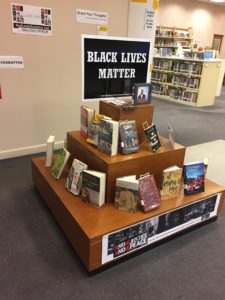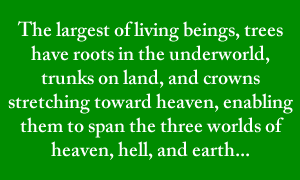In the Litmosphere: What’s Coming Up for Readers & Writers
If you’re an avid reader like me, there’s nothing worse than finding out one of your favorite authors has visited recently, but you missed them. Maybe their appearance wasn’t well advertised, or you were busy and didn’t have a chance to read any of the fifteen information streams where it was mentioned, or your best friend thought she told you, but really didn’t. And so you find out the next day or the next week that Margaret Atwood spoke at Davidson or John Grisham visited Park Road Books and you missed it.
I’m here for you, friend. In what we plan to be an ongoing series, Charlotte Lit has put together a heads up of literary events coming soon to the Charlotte area. Most, if not all, are free, but some do require tickets. So get reading and then get out there and hear these excellent writers. A few highlights are: George Saunders, whose novel “Lincoln in the Bardo” won the 2017 Man Booker Prize, speaks at Davidson College in February. A master of the short story, he’s an inspiring reader who’s not to be missed. Poet Stuart Dischell, a longtime creative writing professor at UNC Greensboro, shares his touching, well-wrought poems in March at Queens. Also in March, Zadie Smith is worth the drive to Hickory’s Lenoir-Rhyne where she’ll read from her latest collection of essays; and Colson Whitehead, author of the Pulitzer Prize winning novel “Underground Railroad” visits Davidson. Buckle your seat belts for April when author of “The Historian,” Elizabeth Kostova, comes to Park Road Books with her latest novel; Poet Laureate of the United States, Tracy K. Smith, offers the keynote at CPCC’s Sensoria Festival; and Jill McCorkle, among others, take part in UNCC’s Literary Festival uptown.
Work read live reveals layers and nuance that’s sometimes missing from the page. Besides, writing is a lonely profession. If you love someone’s work, show up for them, buy their book, and tell them you enjoyed it. Maybe that encouragement will be just the thing to keep them at the desk when writer’s block strikes next. And if you’re a writer, or aspire to be one, literary wisdom and encouragement is on offer for you at these in-person appearances, too. Mark your calendar, call a friend, and join the literary community for these upcoming events.
2.6.18, 7 pm, Park Road Books, Amber Smith, “The Last to Let Go” book launch, [Info]
2.12.18, 8 pm, Davidson College, George Saunders [Info]
3.8.18, 7 pm, Park Road Books, John Hart, “The Hush” [Info]
3.15.18, 7 pm, Queens University, Poet Stuart Dischell, Ketner Auditorium. [Info]
3.22.18, 7 pm, Lenoir Rhyne, Zadie Smith. [Info] (Smith’s new collection of essays, “Feel Free” will be released 2.6.18)
3.27.18, 7 pm, Davidson College, Colson Whitehead. [Info]
4.5.18, 7 pm, Park Road Books, Elizabeth Kostova, The Shadow Land. [Info]
4.5.18, 7:30 pm, Davidson College, Poet Clint Smith. [Info]
4.11-12.18, CPCC’s Sensoria Festival’s keynote speaker is the poet laureate of the United States, Tracy K. Smith. She will give two public readings on April 11, 8 pm, and April 12 , 11 am. [Info] (Her new collection of poetry, “Wade in the Water” will be released 4.3.18).
4.12.18, 9:30 am, CPCC’s Sensoria Festival, Poet and Novelist Jon Pineda. [Info]
4.15.18 UNCC’s Literary Festival is at their uptown campus featuring morning events for kids and evening readings by: Jill McCorkle, Gary Jackson, Hannah Dela Cruz Abrams, Paula Martinac, Siobhan Campbell. [Info]



